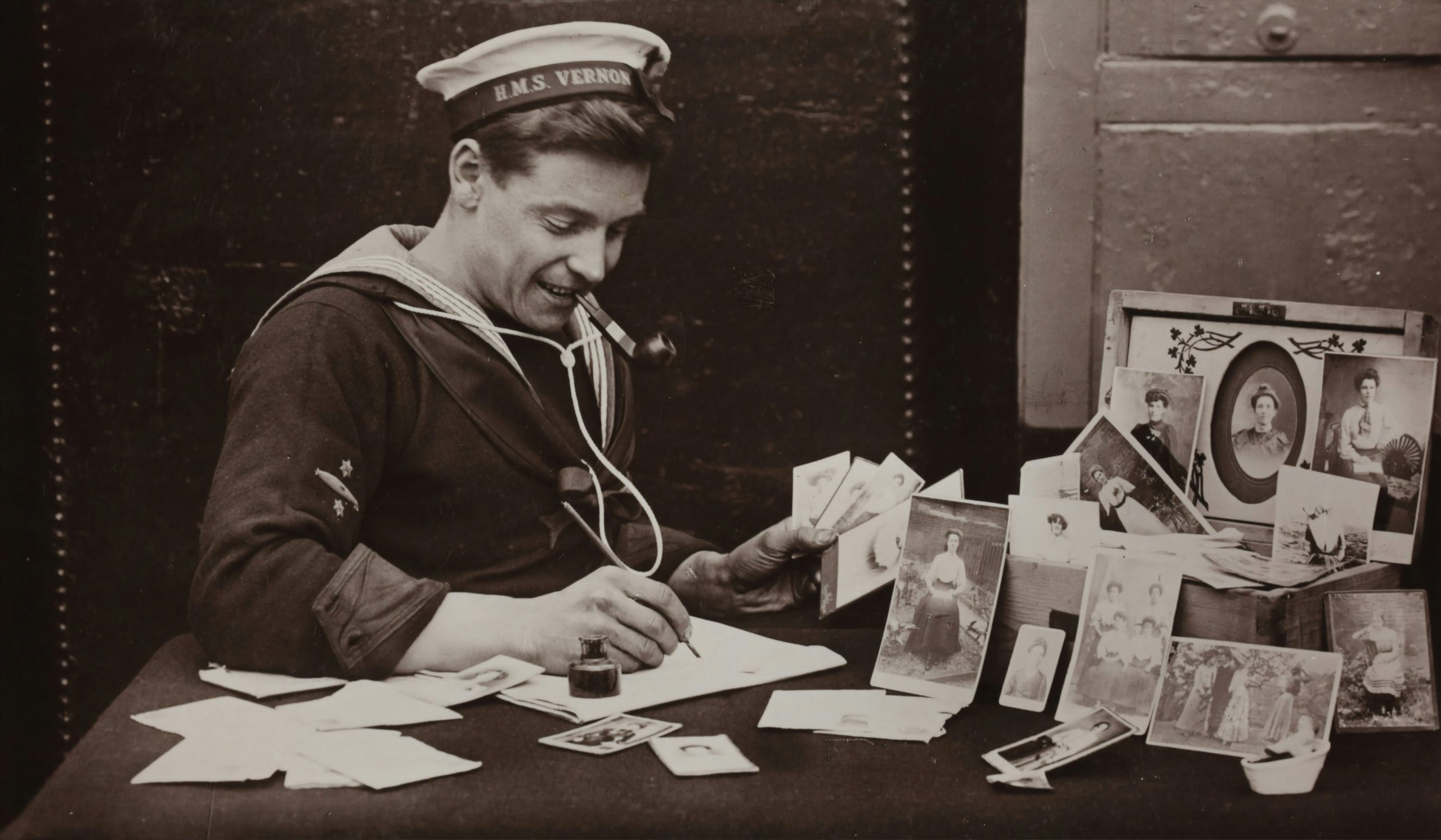Vintage Restoration 101: Bringing Classic Cars Back to Glory
Vintage cars are more than just vehicles – they are a piece of history that tells a story. The aesthetic appeal and nostalgia attached to classic cars make them a valuable and sought-after possession for car enthusiasts around the world. However, as time passes, these cars may lose their charm and appeal due to wear and tear. That’s where vintage restoration comes in. It involves the process of bringing back the old beauty and glory of classic cars to their original state. In this article, we will delve into the world of vintage restoration and discover the essential steps to bring these timeless beauties back to life. 
The Art of Vintage Restoration
Restoring classic cars can be a challenging task that requires skill, patience, and dedication. It involves a thorough understanding of the vehicle’s mechanisms and intricate detailing. The goal of vintage restoration is to preserve the car’s originality while restoring and enhancing its appearance and functionality. It’s a delicate balance that requires a fine balance of craftsmanship and expertise.
Step 1: Setting the Right Expectations
Before embarking on a vintage restoration project, it’s essential to set realistic expectations. Restoring a classic car is a time-consuming and painstaking process that can take months or even years to complete. It requires significant investments of both time and money. Therefore, it’s essential to have a clear understanding of your budget and timeline to avoid any disappointments down the road.
Step 2: Complete Disassembly
The first and most crucial step in vintage restoration is a complete disassembly of the car. This involves removing all the parts and components, including the engine, transmission, suspension, and body panels. This step allows you to assess the condition of each element and determine the extent of repairs or replacements needed.
Step 3: Body Work and Paint
The bodywork is a crucial aspect of vintage restoration. It involves repairing any dents, rust, or structural damage to the car’s body. The goal is to bring the car’s body back to its original form. A good paint job is essential to give your classic car that new and shiny appearance. When choosing a color, make sure it’s historically accurate for the model and era of your vehicle.
Step 4: Engine and Drive Train
The engine is the heart of a classic car, and restoring it requires extensive knowledge and expertise. The engine rebuild process involves dismantling, cleaning, and replacing damaged or worn-out parts to ensure optimal performance. A well-restored engine can give your vintage car a new lease on life and provide a smooth driving experience.
Step 5: Interior Restoration
The interior of a classic car is just as important as its exterior. The interior restoration process involves repairing or replacing the car’s upholstery, dashboard, and other interior components. Bringing back the original charm of the interior will give your classic car an authentic and timeless feel.
Conclusion
Vintage restoration is more than just a hobby; it’s a passion that requires dedication and attention to detail. It’s a deeply satisfying experience that brings life back to these iconic cars. Whether you are a seasoned collector or a beginner in the world of classic cars, following these fundamental steps will help you bring your vintage vehicle back to its original glory.
In conclusion, the art of vintage restoration is about preserving history and celebrating the beauty of classic cars. It’s a labor of love that requires patience, perseverance, and expertise. So, if you have a classic car waiting to be restored, don’t hesitate to embark on this journey and bring it back to its original glory. Who knows, it might just become your next prized possession.











